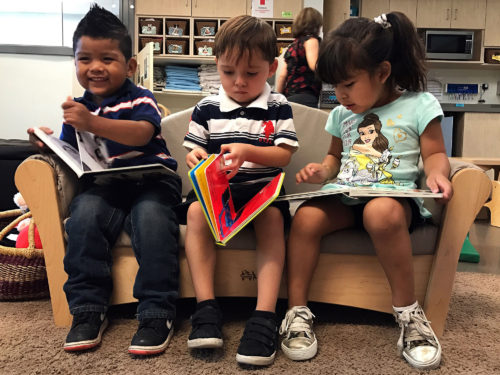In Wichita, Kansas, single mother Tiffany McNitt sometimes cries after dropping her kids, aged 2 and 3, at their babysitter’s house on her way to work. It’s not just that she’ll miss them—she worries her children aren’t learning anything and are already falling behind.
In Seattle, Tori Gottlieb and her husband agonized over spending 25 percent of their income on day care for their 2-year-old daughter last fall. They didn’t see how they could afford to have the second child they knew they wanted.
Parents dread the terrible twos, but what makes the year so tough for many families isn’t just tantrums in supermarket aisles or toilet-training disasters. It’s the difficulty of finding safe, high-quality child care in a country that offers parents limited choices of questionable quality and little guidance on how to make those choices. This neglect could have far-reaching consequences—research shows that a toddler’s daily environment can have a lasting effect on her brain structure for a lifetime.
“A child’s experiences not only determine what information enters her brain, but also influence how her brain processes information,” explains a succinct and well-documented summary of the first three years of brain development posted by the Tennessee-based Urban Child Institute.
Still, more than half of infants and toddlers in the United States spend some part of their day being cared for by someone other than a parent, according to the National Center for Education Statistics. And at both the federal and state level, the U.S. spends almost nothing on helping American families care for their collective 3.9 million 2-year-olds. The 2-year-old year is the doughnut hole in the early education system: Infants and their mothers living in poverty may receive some amount of support through programs like nurse home visiting, and 3- and 4-year-olds begin to have the option to attend public preschool programs. But next to nothing is done to provide access to child care for 2-year-olds or to regulate it. And while higher-income families can mitigate some of this lack by opening their wallets, care for toddlers is hard to come by and sometimes prohibitively expensive even for the middle class.
Read more here.

